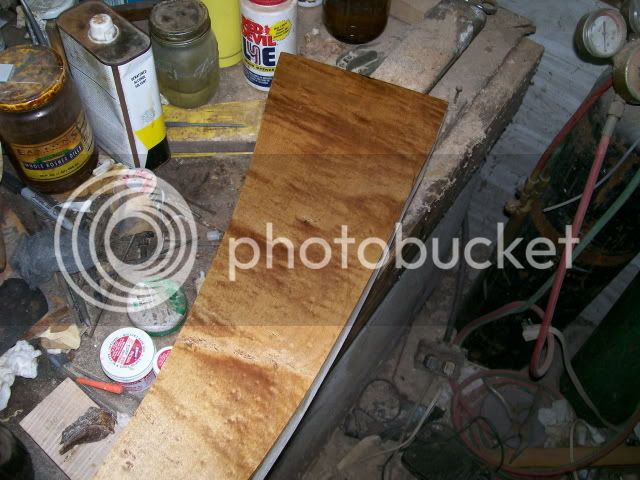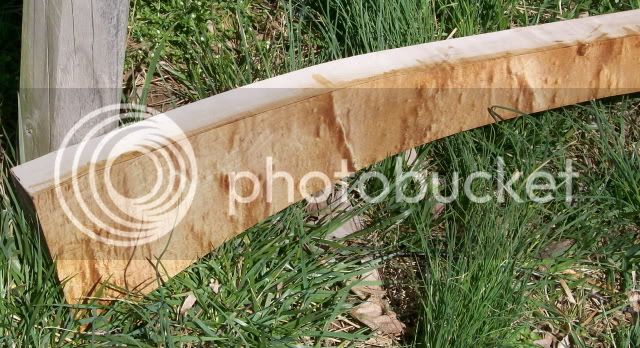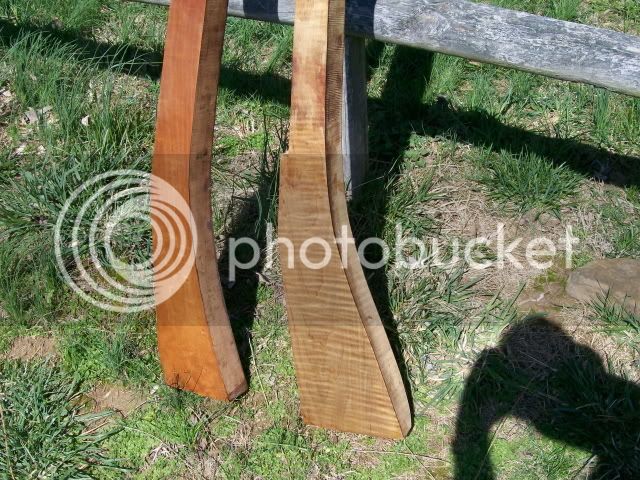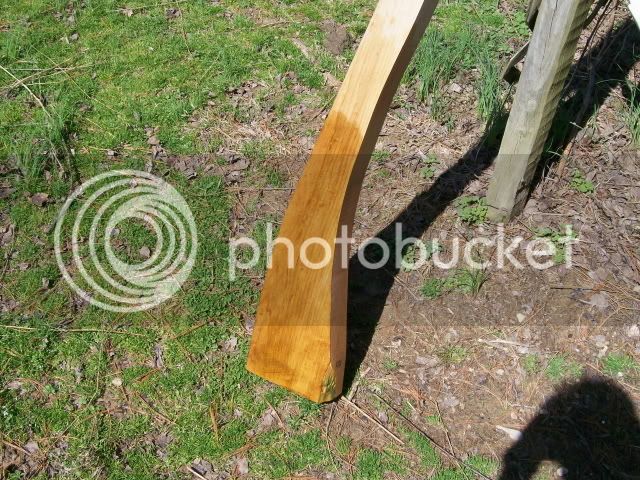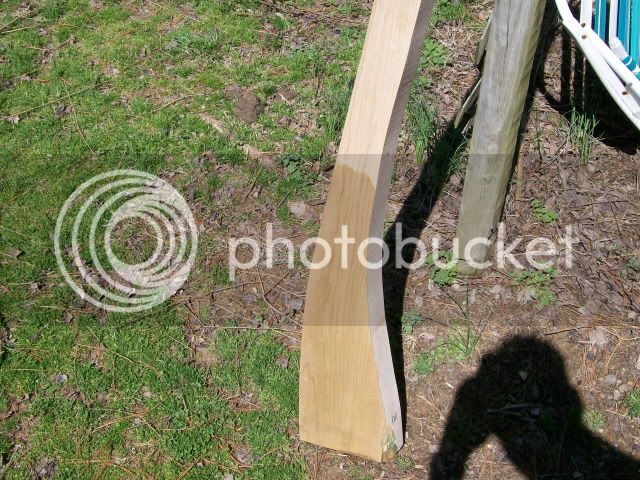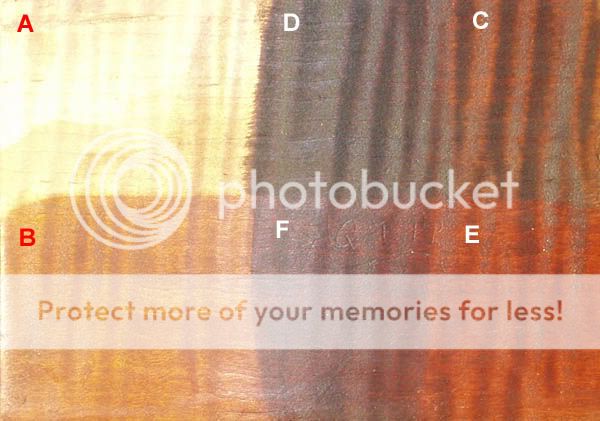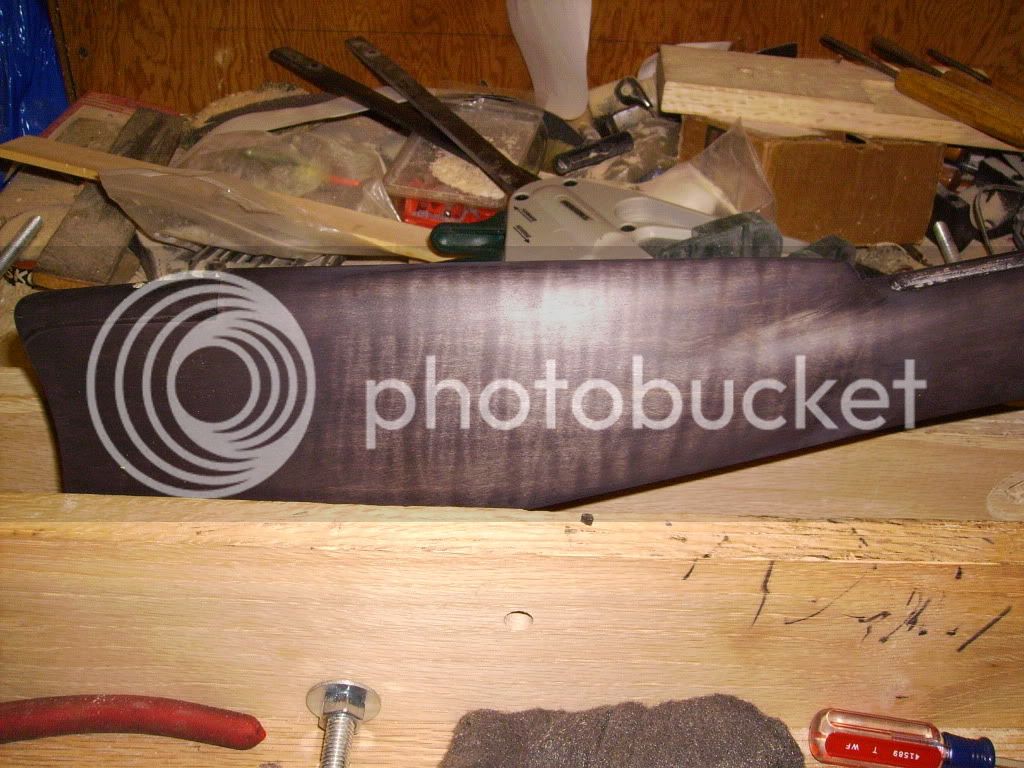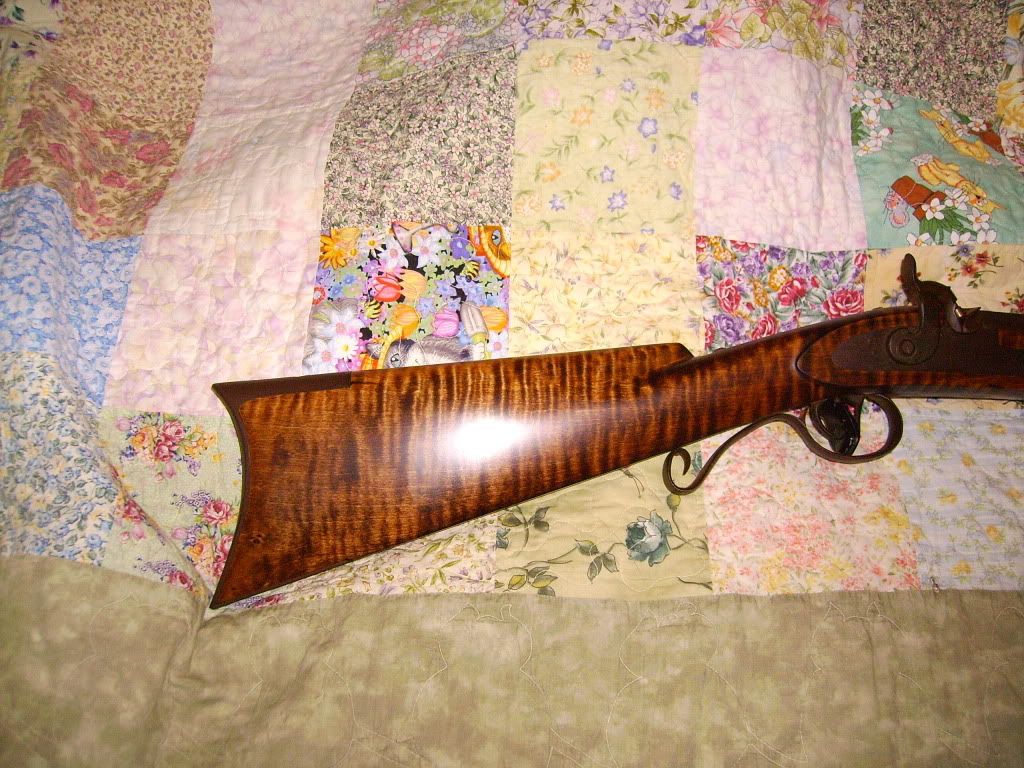horsetrader
36 Cal.
- Joined
- Jun 22, 2009
- Messages
- 65
- Reaction score
- 0
I am trying to have a very light colored stock ( maple with good figure). So far I experiemented with a lot of stains/ mixes and colors. Nothing really I like so far.... Almost want a "blonde" stock but showing the figure with deeper/darker accents). I have read on this forum about the lye treatment to bring out the figure - would the lye treatment also "slightly" colour the wood? Has anybody tried to use the lye only ( no stain). It is hard to find lye around here... so before driving an hour both directions to pick some up , I was hoping somebody can help or have an other idea....






